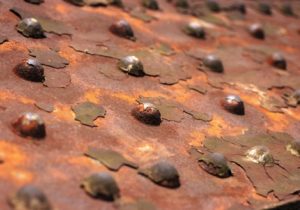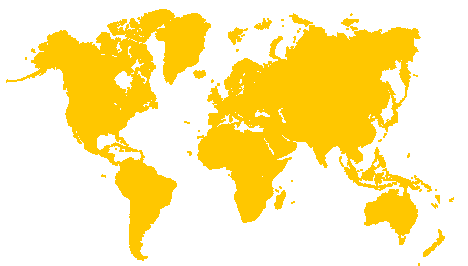Corrosion Process
Metallic corrosion includes both oxidation or exposure to oxygen in the environment and electrochemical processes,
Elements are rarely found in a pure metal state. Rather they are found in chemical combinations with one or more nonmetallic elements. These chemical combinations are commonly known as ore. Iron, copper, and zinc ore are three of the most common ores found in the earths crust.
Significant energy must be expended to reduce the ore to pure metal. This energy can be applied via metallurgical or chemical means and is done so in the process called smelting and refining. Additional energy also may be used in the form of cold-working or heating and casting the pure metal into a working shape. Corrosion, which can be simply defined as rust, is the tendency for metals to revert to their natural, lower energy state of ore.
Metallic corrosion includes both oxidation or exposure to oxygen in the environment and electrochemical processes, meaning the metal forms corrosion cells on its surface that greatly accelerate the transformation of metal back to the ore state, and involves both chemical reactions and the flow of electrons. A basic electrochemical process that drives the corrosion of metals is galvanic action, where current is generated internally by physical and chemical reactions occurring among the components of the cell.


